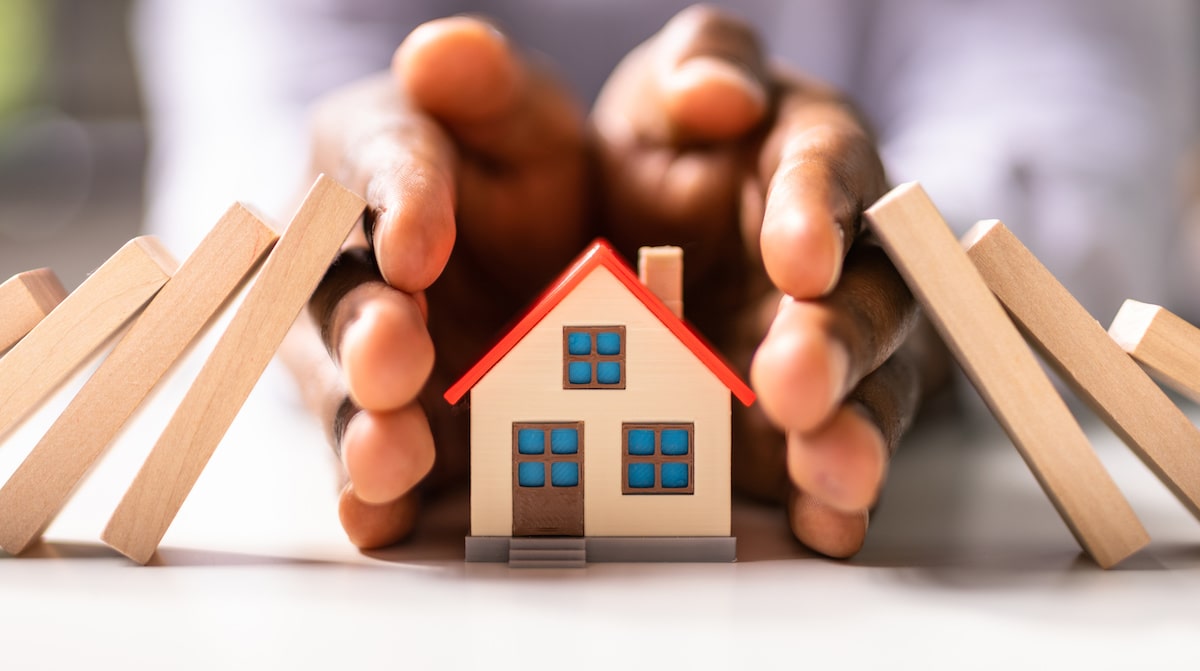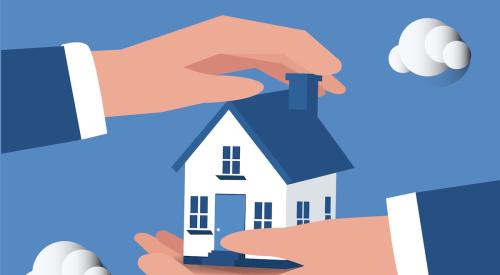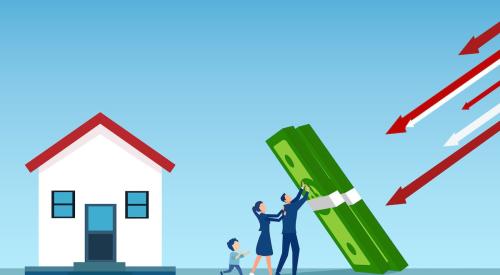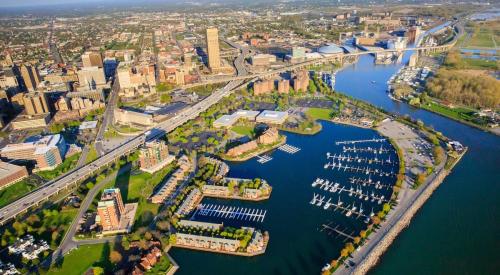A recent estimate from Goldman Sachs revealed that roughly 98% of outstanding borrowers currently have a below-market mortgage rate, and rather than selling their homes and relocating, that share is constraining the supply side of the housing market. Those who locked in ultra-low mortgages are in no rush to give them up, especially if it means trading in their current rate of below 3% for today’s 7% interest rate.
On a $500,000 loan with a 30-year, fixed rate at 2.62%, monthly mortgage payments—excluding taxes and insurance—equal roughly $2,007, but with those same circumstances but at a 7% rate, monthly mortgage payments surge to around $3,327. That comes out to a $1,320 monthly difference and a $15,840 difference annually, Fortune reports.
As of last month, there were 22.7% fewer newly listed homes for sale compared to last year, according to Realtor.com. All the while, new listings remained 29.4% below pre-pandemic levels. The difference primarily amounts to a segment of people that have almost disappeared from the market: move-up buyers and sellers.
It’s clear that selling a home with a rate below 3% and buying another with a rate over 6% doesn’t make financial sense because of that substantially larger monthly payment. That’s exactly why homeowners are holding on to their low rates and not selling. Some are even becoming “accidental landlords” to keep their low rates.













